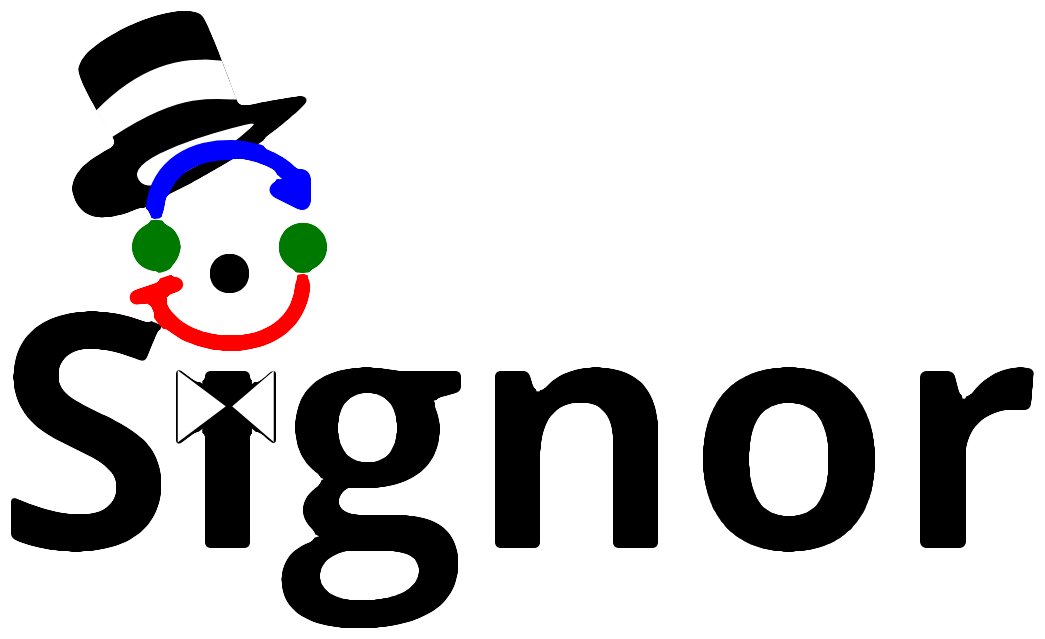Summary
| Name |  EGLN3 EGLN3View Modifications |
| Full Name | Prolyl hydroxylase EGLN3 |
| Synonyms | Egl nine homolog 3, 1.14.11.29, HPH-1, Hypoxia-inducible factor prolyl hydroxylase 3, HIF-PH3, HIF-prolyl hydroxylase 3, HPH-3, Prolyl hydroxylase domain-containing protein 3, PHD3 | |
| Primary ID | Q9H6Z9 |
| Links |  - -  - -  |
| Type | protein |
| Relations | 13 |
| Inhibitors | dimethyloxalylglycine |
| Function | Prolyl hydroxylase that mediates hydroxylation of proline residues in target proteins, such as PKM, TELO2, ATF4 and HIF1A (PubMed:19584355, PubMed:21620138, PubMed:21483450, PubMed:22797300, PubMed:20978507, PubMed:21575608). Target proteins are preferentially recognized via a LXXLAP motif. Cellular oxygen sensor that catalyzes, under normoxic conditions, the post-translational formation of 4-hydroxyproline in hypoxia-inducible factor (HIF) alpha proteins (PubMed:11595184, PubMed:12181324). Hydroxylates a specific proline found in each of the oxygen-dependent degradation (ODD) domains (N-terminal, NODD, and C-terminal, CODD) of HIF1A (PubMed:11595184, PubMed:12181324). Also hydroxylates HIF2A (PubMed:11595184, PubMed:12181324). Has a preference for the CODD site for both HIF1A and HIF2A (PubMed:11595184, PubMed:12181324). Hydroxylation on the NODD site by EGLN3 appears to require prior hydroxylation on the CODD site (PubMed:11595184, PubMed:12181324). Hydroxylated HIFs are then targeted for proteasomal degradation via the von Hippel-Lindau ubiquitination complex (PubMed:11595184, PubMed:12181324). Under hypoxic conditions, the hydroxylation reaction is attenuated allowing HIFs to escape degradation resulting in their translocation to the nucleus, heterodimerization with HIF1B, and increased expression of hypoxy-inducible genes (PubMed:11595184, PubMed:12181324). ELGN3 is the most important isozyme in limiting physiological activation of HIFs (particularly HIF2A) in hypoxia. Also hydroxylates PKM in hypoxia, limiting glycolysis (PubMed:21620138, PubMed:21483450). Under normoxia, hydroxylates and regulates the stability of ADRB2 (PubMed:19584355). Regulator of cardiomyocyte and neuronal apoptosis. In cardiomyocytes, inhibits the anti-apoptotic effect of BCL2 by disrupting the BAX-BCL2 complex (PubMed:20849813). In neurons, has a NGF-induced proapoptotic effect, probably through regulating CASP3 activity (PubMed:16098468). Also essential for hypoxic regulation of neutrophilic inflammation (PubMed:21317538). Plays a crucial role in DNA damage response (DDR) by hydroxylating TELO2, promoting its interaction with ATR which is required for activation of the ATR/CHK1/p53 pathway (PubMed:22797300). Also mediates hydroxylation of ATF4, leading to decreased protein stability of ATF4 (Probable). |
Viewer
Search Tools
Refine search:
- by mechanism
- by effect
- by organism:
- by tissue:
- by cell-line
Modifications Tables
Relations
| Regulator | Mechanism | target | score ℹ | |
|---|---|---|---|---|
| + | EGLN3 | up-regulates quantity by stabilization  hydroxylation
hydroxylation
|
ADRB2 | 0.318 |
| Publications: | 2 | Organism: | Homo Sapiens | |
| + | EGLN3 | up-regulates activity  hydroxylation
hydroxylation
|
PKM | 0.437 |
| Publications: | 2 | Organism: | Homo Sapiens | |
| + | EGLN3 | up-regulates quantity by stabilization  hydroxylation
hydroxylation
|
BCL2L11 (isoform 1) | 0.254 |
| Publications: | 2 | Organism: | Homo Sapiens | |
| + | EGLN3 | down-regulates activity  binding
binding
|
IKBKG | 0.326 |
| Publications: | 1 | Organism: | Homo Sapiens | |
| + | EGLN3 | up-regulates activity  hydroxylation
hydroxylation
|
PK | 0.437 |
| Publications: | 3 | Organism: | Homo Sapiens | |
| + | dimethyloxalylglycine | down-regulates activity  chemical inhibition
chemical inhibition
|
EGLN3 | 0.8 |
| Publications: | 1 | Organism: | Homo Sapiens | |
| + | Hypoxia | down-regulates 
|
EGLN3 | 0.7 |
| Publications: | 1 | Organism: | Homo Sapiens | |
| + | EGLN3 | down-regulates quantity by destabilization  hydroxylation
hydroxylation
|
HIF1A | 0.797 |
| Publications: | 1 | Organism: | Homo Sapiens | |
 4.0
4.0